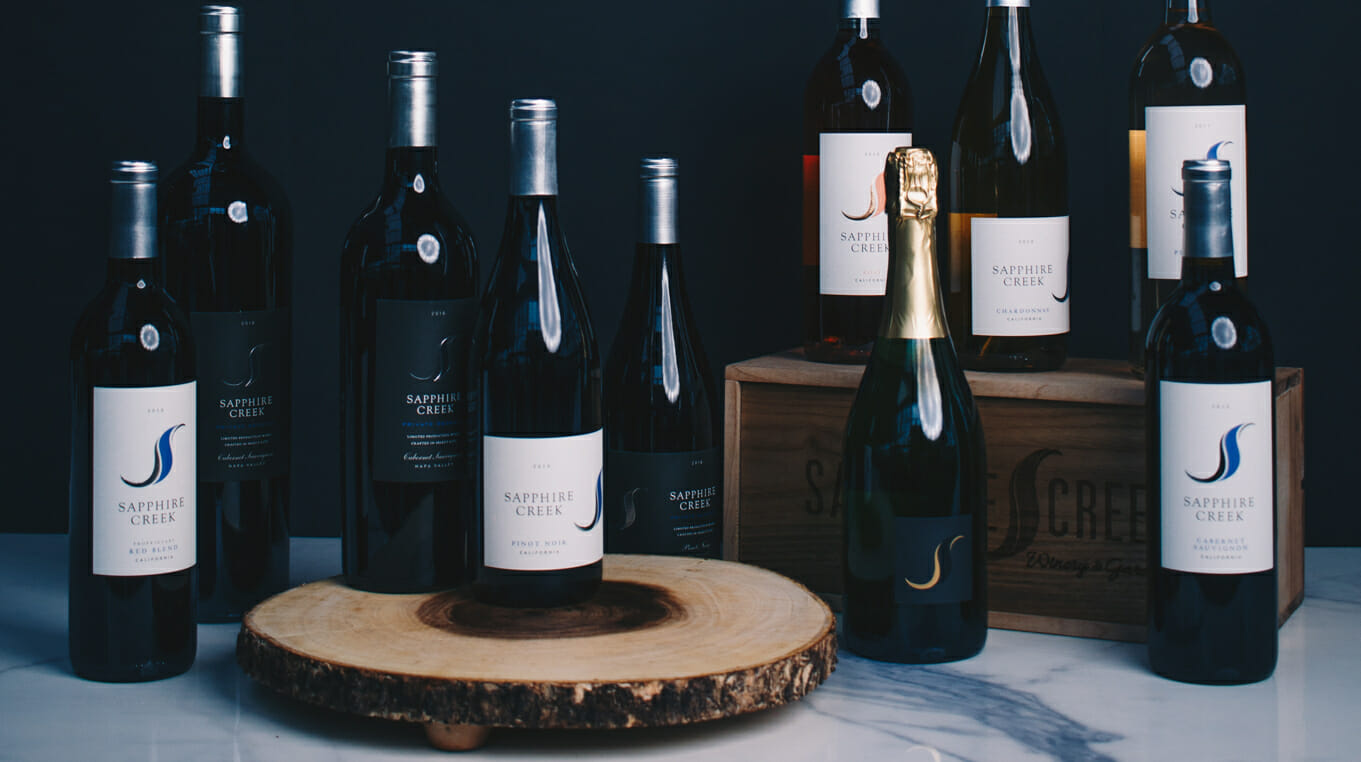WINE STORAGE:
Where and how long you store your wine and at what temperature you serve it definitely matter. Under the right environmental conditions, wine will age gracefully. Under the wrong conditions, it will oxidize and degrade, leaving you with a wine that tastes nothing like the winemaker intended. When it comes time to finally drink your bottle, serving temperature is equally important. How cold or warm a wine is affects how you will perceive its tannins, acidity, fruit and aromatics. That means the same bottle of wine can taste round and delicious at one temperature and completely out of balance just a few degrees in either direction.
STORING YOUR WINE:
Only a small fraction of wine produced is suitable for aging. Most bottles under $30 should be drunk within a few years. These wines will be fine if they are kept consistently cool [not cold] and out of the light. A temperature of 53 to 57 degrees is best. This is true for both reds and whites.
Because it is too cold [usually set at 40 degrees], your kitchen refrigerator is too cold for proper wine storage beyond a few weeks. A dedicated wine refrigerator is ideal and come in a variety of sizes to fit a multitude of spaces and collections.
Wines that are appropriate for aging are generally expensive and require controlled conditions. When stored properly, the wines that fall into this category can evolve and improve for years and even decades after they are bottled. For wines you intend to hold for that length of time, you need an environment that is:
- Exposure to ultraviolet rays is harmful to the delicate flavors and aromatics in wine.
- Cool and temperature stable. 53 to 57 degree is ideal, and the temperature shouldn’t fluctuate. Warmer temperatures age wines too quickly. Cooler temperatures stunt the development and evolution of volatile flavor compounds.
- Humidity levels of 70% help keep corks moist. Dry corks permit air into the bottle, which causes unpleasant oxidation.
- Vibrations can agitate sediment in wines. That same agitation could also conceivably speed up the chemical reactions occurring on the molecular level in the bottle.
Your long-term storage solution should also accommodate bottles laid on their sides. In this positions, the corks stay moist. (Note that if a bottle has a screw top, it wasn’t meant to be aged in the first place.)





















